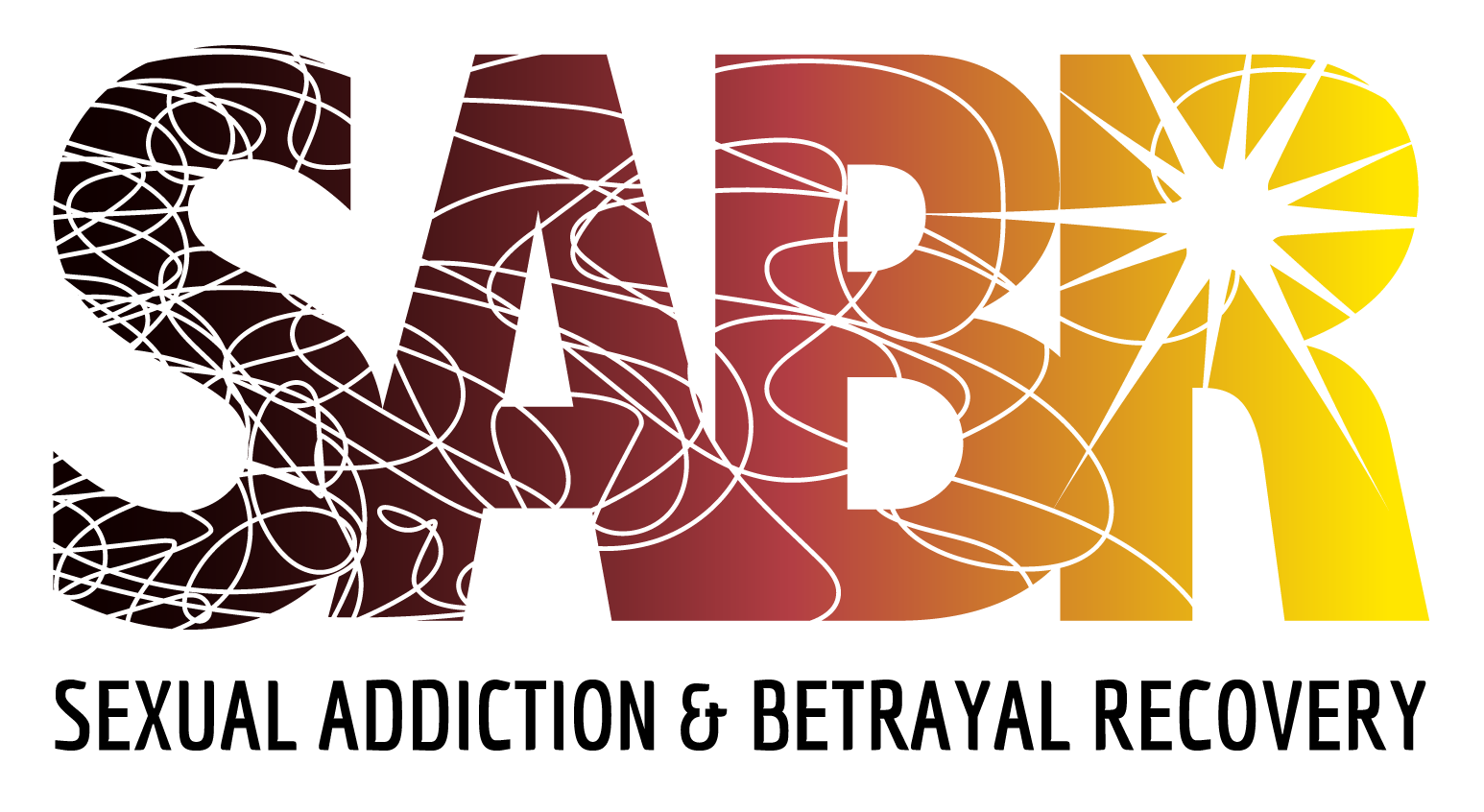
Porn addiction, a growing concern in the digital age, affects a significant number of individuals, impacting mental health, relationships, and overall well-being. This article delves into the psychological factors contributing to porn addiction, offering insights from renowned researchers and evidence-based strategies from the Support and Addiction Behavioral Recovery (SABR) program to guide recovery.
The Psychological Underpinnings of Porn Addiction
Porn addiction is characterized by compulsive consumption of pornographic material, often leading to negative consequences in various aspects of life. Understanding the psychological mechanisms behind this addiction is crucial for effective intervention. Researchers like Patrick Carnes and Jay Stringer have identified several key psychological factors:
- Cognitive Distortions: Individuals struggling with porn addiction often exhibit distorted thinking patterns. These include justification of their behavior, denial of the severity of their addiction, and minimization of the impact on their lives and relationships.
- Emotional Dysregulation: Many individuals use pornography as a coping mechanism to deal with negative emotions such as stress, anxiety, and depression. This maladaptive coping strategy can create a vicious cycle, where increased use of pornography leads to further emotional distress.
- Attachment Issues: Studies have shown that insecure attachment styles, often rooted in childhood experiences, can contribute to the development of porn addiction. Individuals with attachment issues may turn to pornography to fulfill unmet emotional needs.
- Trauma and Abuse: A history of trauma or abuse can predispose individuals to addictive behaviors, including porn addiction. Unresolved trauma can lead to the use of pornography as a means of escape or self-medication.
Evidence-Based Recovery Programs
The SABR program, developed by the Family Strategies Counseling Center, offers a comprehensive approach to addressing porn addiction. It integrates cognitive-behavioral therapy (CBT), mindfulness practices, and support networks to facilitate recovery.
Cognitive-Behavioral Therapy
CBT is a cornerstone of the SABR program. It helps individuals recognize and challenge their cognitive distortions, develop healthier thinking patterns, and implement practical strategies to manage cravings and avoid relapse. Techniques such as habit reversal training and exposure and response prevention are particularly effective.
Mindfulness and Meditation
Incorporating mindfulness practices into recovery can help individuals develop greater self-awareness and emotional regulation. Mindfulness meditation encourages individuals to stay present and observe their thoughts and feelings without judgment, reducing the urge to engage in compulsive behaviors.
Support Networks
Peer support is a critical component of the recovery process. The SABR program emphasizes the importance of support groups, where individuals can share experiences, provide mutual encouragement, and hold each other accountable. Whether through in-person meetings or online forums, these groups offer a sense of community and reduce feelings of isolation.
Conclusion
Porn addiction is a complex issue rooted in various psychological factors. By understanding these factors and employing evidence-based strategies from the SABR program, individuals can achieve lasting recovery. The path to overcoming porn addiction involves challenging cognitive distortions, addressing emotional dysregulation, and building strong support networks.
Family Strategies Counseling Center has actively serviced clients since 2000 with help for pornography addiction or sexually compulsive behavior. Our SABR program for adults, Tribe for college students, and Band of Brothers for teens can help you! Give us a call at (800) 614-8142 or visit our website for more information: Family Strategies Counseling Center.

 -->
-->